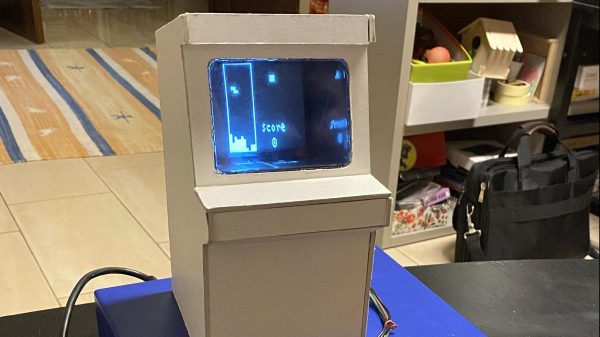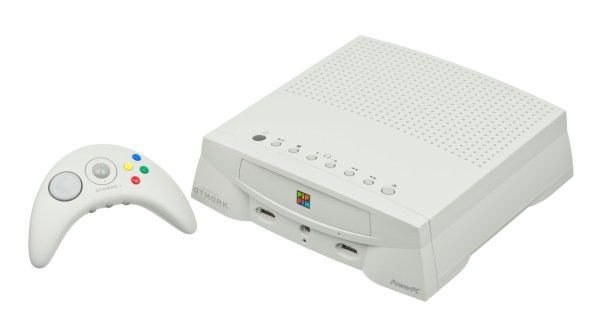If you want to add sound to something these days, you usually store it digitally. Microcontrollers are cheap and fast, and you can hold a lot of audio on a small flash card or in a ROM. But back “in the day,” storing audio was often done with tape. If you wanted something you could automate, you often turned to an endless loop tape. They had the advantage of not needing rewinding and had a way to sense spots on the tape (usually the start). The 8-track, for example, was an endless loop tape, and radio stations used “carts” (technically Fedelipak cartridges). But what if you wanted to build something tiny? Bandai had the answer, and [Tech Moan] shows the 1986-era tiny carts.
In the US, these appear to be mainly in the realm of novelty items. [Tech Moan] has an Elvis figurine that sings thanks to the tape and a diminutive jukebox. He suspects these must have been used in something else, perhaps in the Japanese market.
Continue reading “Tiny Tape Cartridge Remembered And A Teardown”














